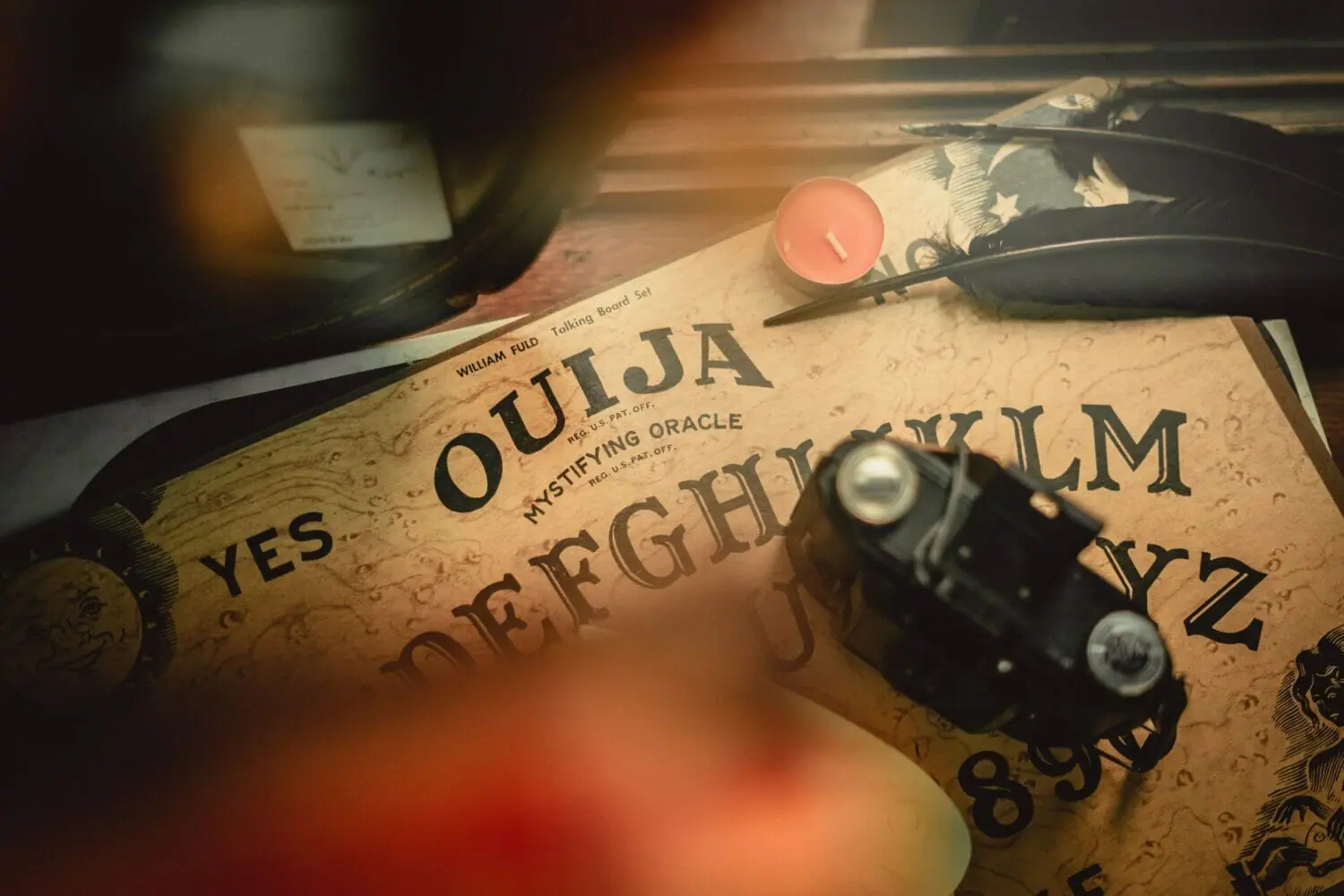When we come to the impasse of understanding death and what lies beyond, some of us turn to alternative sources of information, such as divination. I think this might be because we’d rather have potential misinformation than no information.
The only thing more terrifying than expecting something to happen is not knowing whether anything will happen at all. This is where the Ouija boards come in.
Medicine and necromancy
The words “prepare to meet thy God” hung above Dr. Alexander Ogston’s operating room in the 1800s, until he learned sterilization techniques from Joseph Lister.
We have certainly come a long way since we had to worry about dying in minor surgery. We have learned to fly, extend lives, visit the stars and see-through skin without breaking it.
But despite our best collective efforts, some knowledge remains inaccessible, like what happens after we die.
Necromancy is the practice of communicating with dead people. This is, essentially, what a Ouija board is supposed to do. The original board was a wooden tablet with 26 letters of the alphabet, numbers zero to nine, and the words “yes” and “no.” And while currently available for the low price of $17.99 at Toys “R” Us over in Dartmouth Crossing, the product has been around for more than a hundred years.
The Birth of the Ouija board
The Ouija board rose to fame in 19th century America. In 1861 the United States plunged into civil war for six years. During this time, a drastic rise in spirituality occurred as families longed to connect with those lost to the war. A couple of decades later, the “talking board” was trademarked, and at the turn of the century with the coming of World War I, it became an immensely popular product.
One of the eeriest facts about the board, which was invented by the Kennard Novelty Company, is its name. After designing the board, one of the four investors Elijah Bond took the board to his sister-in-law, a practicing medium. After asking the board what it would like to be named, it replied letter by letter “Ouija”. When asked why, it spelled “Good luck.”
What are we to make of the Ouija board in a modern world where so many mysteries are explained by science over the supernatural? Is it a product of shaky hands? Are we really connecting with spirits on another plane of existence? Is divination possible?
Marie Curie, who won the Nobel prize for physics in 1903 and chemistry in 1911, once said, “Nothing in life is to be feared, it is only to be understood. Now is the time to understand more, so that we may fear less.”
Getting to the bottom of the board
As it turns out, the phenomenon taking place on a Ouija board’s surface is not supernatural but psychological. The phenomenon of the ideomotor effect, the official term for the movement people’s hands may make while touching a Ouija board, consists of automatic physical movements which, in theory, could be interpreted as signs cast by a mystical agent.
Even with this knowledge, it remains a popular tool and toy. So, maybe the Ouija isn’t a portal to the spirit world, but it helped families grieve loved ones lost in the civil and first world wars. Maybe they continue to help people cope with grief today. When Galileo, in his genius, was forced by the church to recant his astronomical observations that the earth moved around the sun, it is said he muttered the words “eppur si muove” or “and yet it moves.” Whether we believe in the powers of mystical forces or good old-fashioned science, the same could be said for the Ouija board.


Recent Comments